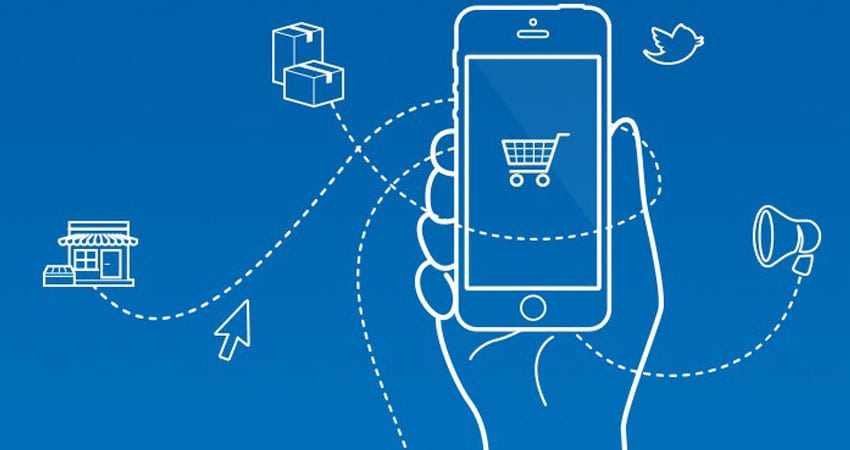It’s no secret that there’s a disconnect between the way brands communicate with prospects across channels – and the way prospects actually want brands to communicate with them. A recent RealWire survey of retailers echoes this sentiment: retailers cite a lack of analytics across channels, siloed organizations, poor data quality and an inability to identify customers across shopping trips as top pain points.
Data is the thread holding the customer experience together, and if marketers aren’t able to use data to create a 360-degree view of their customer, prospects and customers will continue to be dissatisfied in a brand’s omnichannel experience. This is hardly an isolated issue, as Vision Critical reports only 17% of businesses have integrated online and offline customer data for their overall marketing efforts.
That means it’s time for CMOs to rise to the omnichannel challenge. A true omnichannel approach involves online and offline data to personify the customer to deliver better online and offline marketing, personalizing each touchpoint. Let’s explore three ways to a seamless omnichannel experience.
Leverage Excellent Third-Party Data
To truly understand a prospect, you have to think beyond first-party data. Without a deep understanding of your prospect’s attributes and affinities, it’s hard to create the targeted personalized messaging that converts. The power of third-party data is really in the variety available: Firmographic, psychographic and life event data – like recent marriage, house purchase, etc – can give you a full picture of who the person is and what their priorities are right now so you can deliver timely messages that relate to their lives. Third-party data also allows for much more sophisticated segmentation, helping you determine which prospects to spend your marketing dollars on. The best third-party data doesn’t live in a vacuum – it goes beyond digital to paint a full portrait of prospects and their needs.
Don’t Stay in One Channel
Once you’ve determined your best prospects, ranking and segmenting them based on third-party data, it’s time to reach out to them. Currently, many marketers rely on a spray-and-pray approach by leveraging digital retargeting in hopes of driving a single transaction. Think beyond that to forge a relationship with high-value prospects and turn them into customers.
When I work with Fortune 100 retailers, time and time again I see how omnichannel marketing campaigns drive transactions. Example: One retailer used a privacy-compliant process to determine who anonymous website visitors were, then leveraged third-party data to identify top prospects to send a personalized dynamic direct mail piece. The result? New customer acquisition at a lower cost and an improved average order value.
Think Like a Prospect
In the last 10 years of working in digital transformation for my clients, I’ve found that I keep returning to one best practice: Having empathy for prospects and finding ways to respond to their needs requires an omnichannel mindset. The best CMOs today leverage a range of data alongside personalized omnichannel campaigns to respond to the individual needs of their prospects.
This is the holy grail of marketing – and means each of your vendors and technology partners have to hold the same values. Put yourself in the shoes of your top prospects, then leverage data to create marketing plans that go beyond digital to achieve real ROI.
Bottom line: For CMOs looking to tackle omnichannel marketing, it’s essential to integrate online and offline data for impactful, personalized marketing communications for prospects. It’s the only way to take your marketing from one-dimensional to 3-D – increasing new customer acquisition in an age when competition is tougher than ever.
Andrew Fegley is the President of Remarketable

